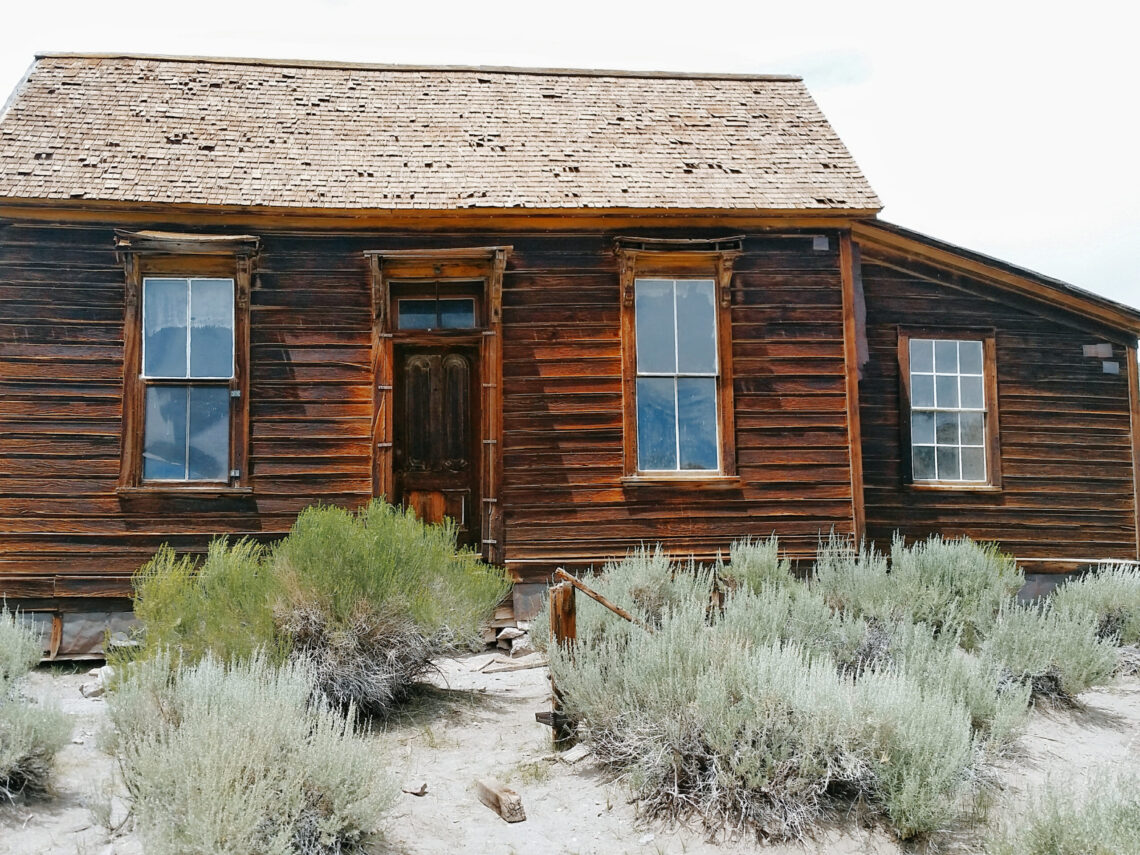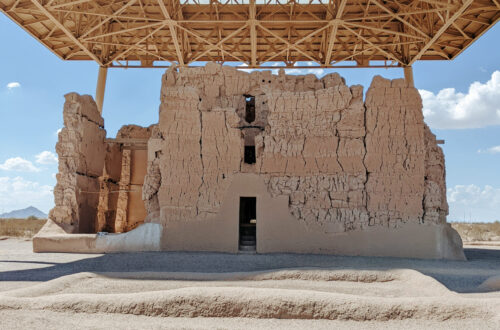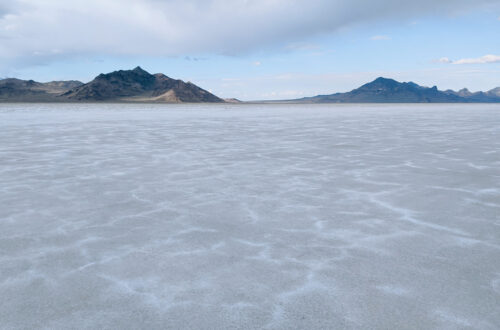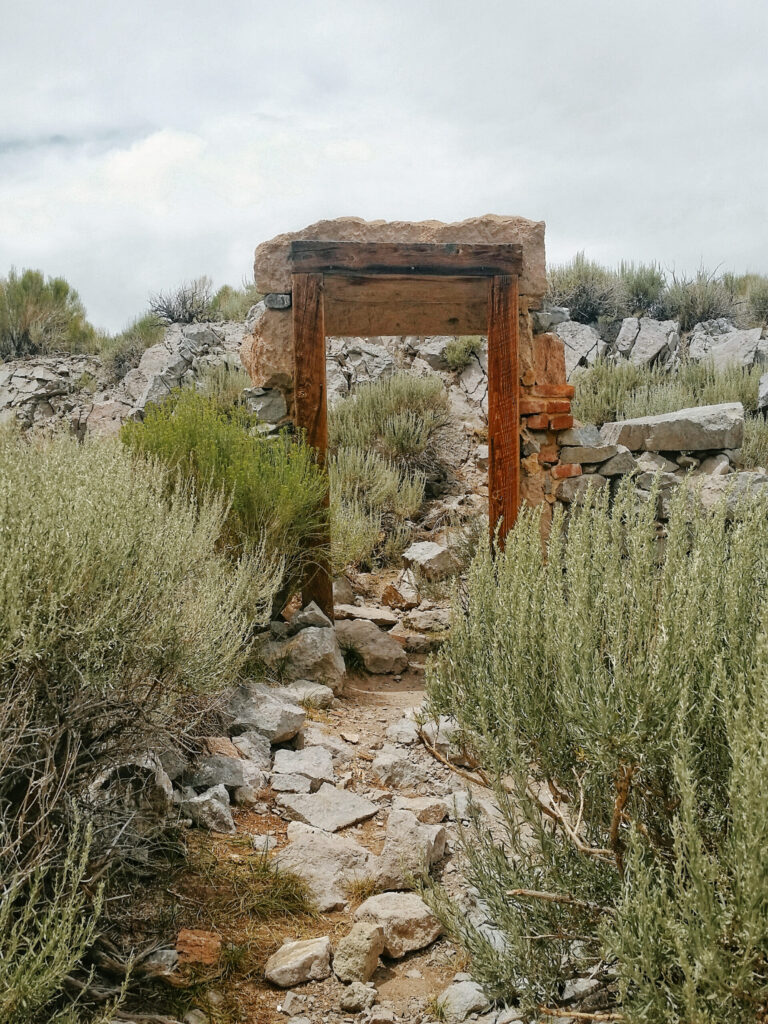
Tourist spots, particularly in the US, often have a lot going on: flashy sights, fine dining, entertainment, shops, the works.
But what about Bodie? This California ghost town has no restaurants, no gas station, no reenactments or stage shows. The only restrooms in the park are outhouses, with flush toilets located outside of Bodie proper — at the parking lot, by the picnic area. You can’t camp at Bodie and there are no hotels. There is one small museum, with an even smaller bookstore inside.
Yet Bodie is beloved.
This ghost town is a special favorite of mine, and my fellow visitors agree: as of the time of writing, Bodie State Historic Park has a 4.7-star rating on Google Maps, aggregated over 3,552 user reviews.
So, what makes Bodie so great?
Bodie State Historic Park: Where Less Is More
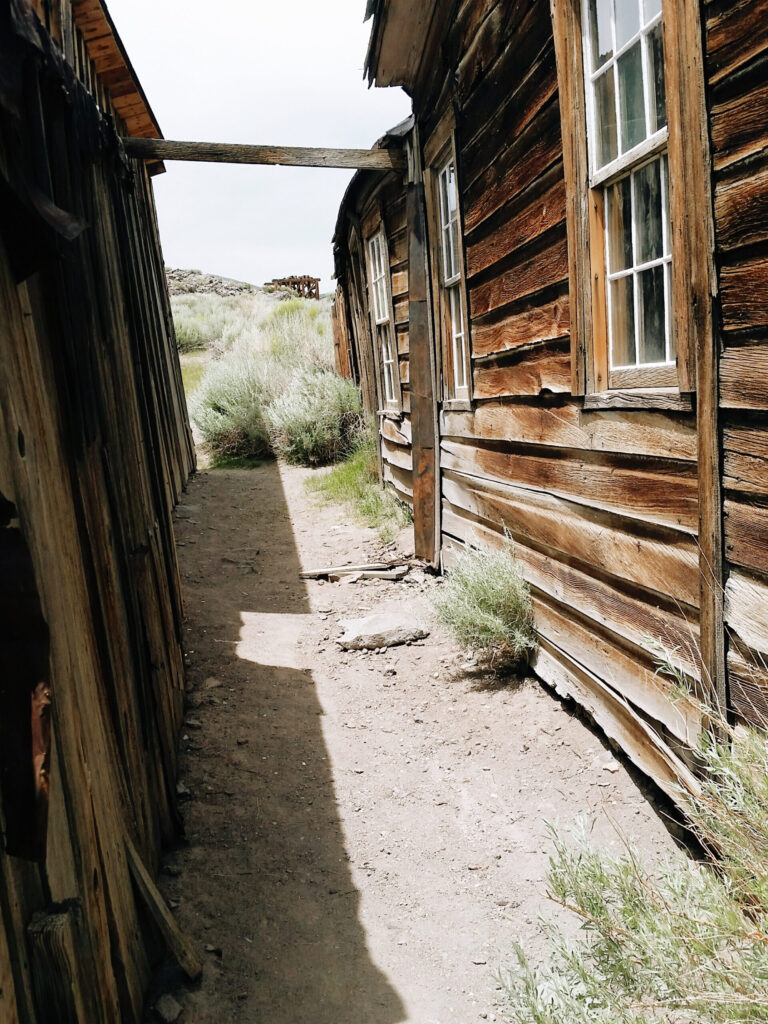
With a boom in the late 1870s and a bust beginning not 10 years later, Bodie is a classic example of a gold-mining ghost town. Once housing about 8,000 residents in around 2,000 structures, all that remains of Bodie are deserted streets and less than 10% of the structures that stood in its heyday. The ramshackle buildings left standing are carefully preserved in a state of “arrested decay.”2
Visitors to the park can wander this spectral town at their whim, strolling deserted streets and peering into the buildings, whose interiors have been left as they were when abandoned. You can take pictures, participate in a free history talk, tour the museum, or just let your imagination run wild. Bodie is beautifully understated.
And its success without the trappings of popular tourist attractions speaks to a fulfillment of other needs. If not glitz and glam, food and fun, what do we get out of Bodie — or other ghost towns, for that matter?
Let’s pop the hood and find out.
Why Ghost Towns Continue to Fascinate
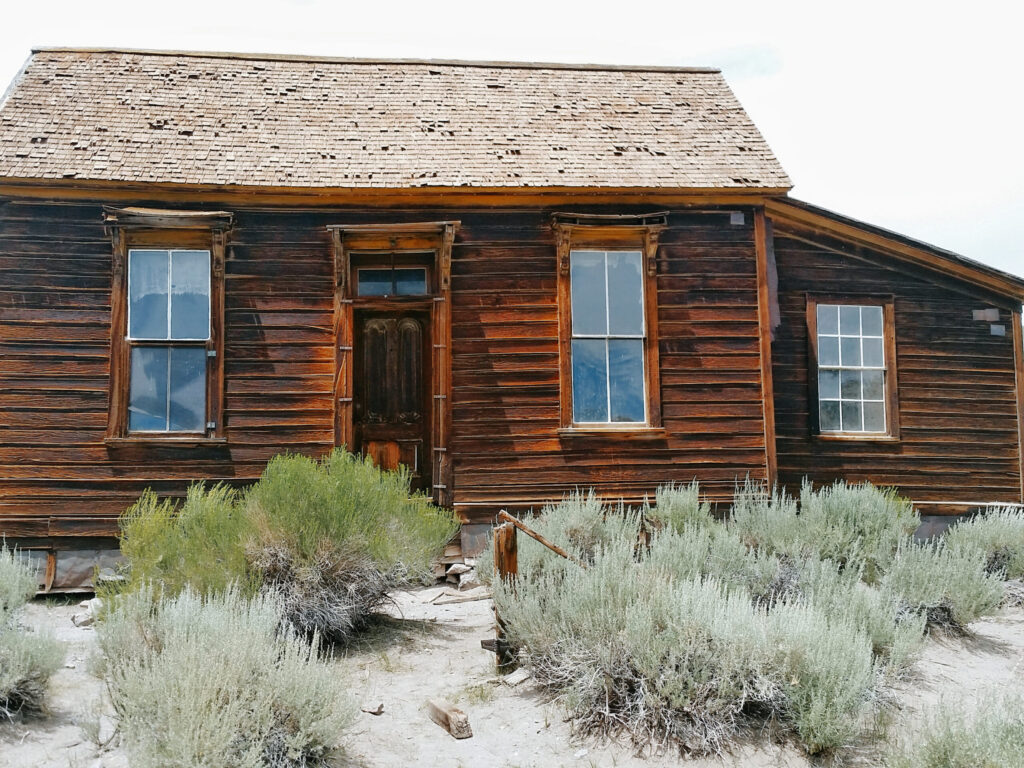
A Glimpse of History
Chronological History
Most of a ghost town’s charm comes from its frozen-in-time quality. These boomtowns often saw a sudden explosion of growth, followed by a bust that happened just as quickly. Like film exposed momentarily to light, this boom-and-bust leaves a snapshot of history, a town in a suspended state frequently compared to a time capsule.
In this way, visiting a ghost town can feel like traveling through time, stepping into history. The past becomes more than a textbook account; it becomes something tangible and immediate that we can connect with. This hands-on approach to history can leave visitors with a deeper understanding — or at least greater appreciation — of the past.
Learning about history in an experiential way is doubtless one of the top reasons why ghost towns are so beloved. Guided tours, talks, museums, and more add to the educational value of ghost towns.
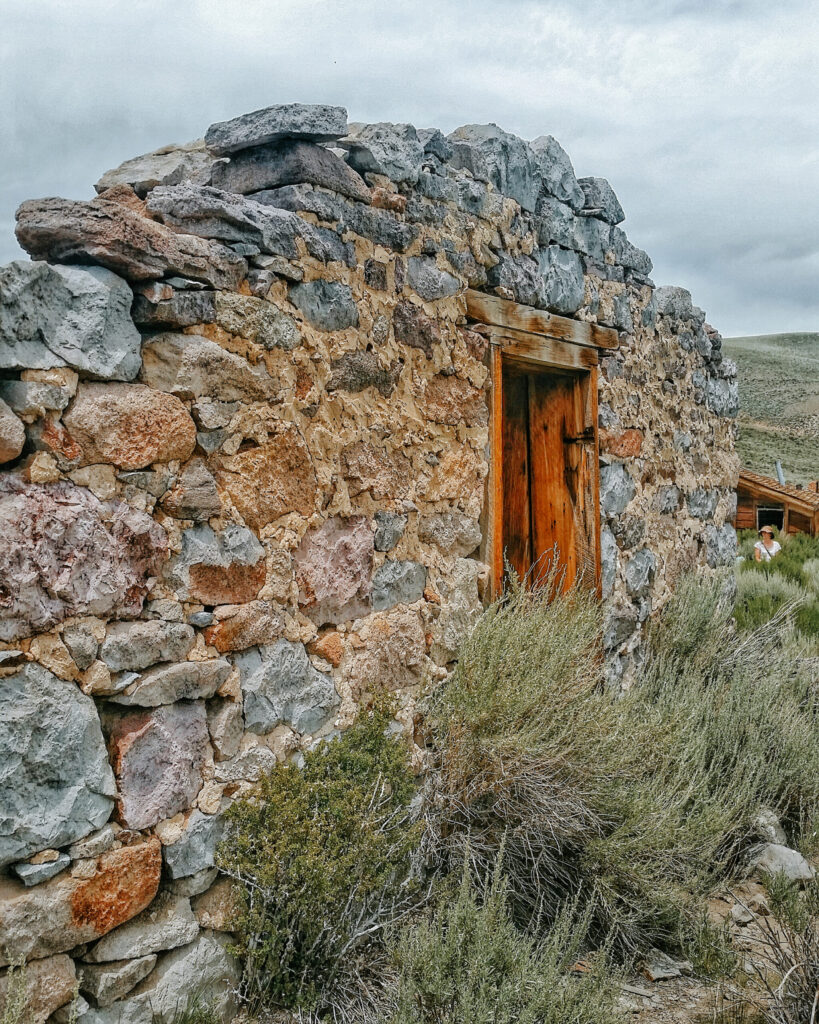
But visitors do need to be mindful of the history we’re not seeing. As alive as the rugged cowboy mythos is in the American mind, other perspectives from the period have traditionally been erased from the picture: those of Native Americans, Asian immigrants, women, and other marginalized groups.
Author Lauren Markham cautions: “That’s the thing about ghost towns: their liminal state – just enough of a physical framework of the past to imagine it to life – both evokes and perpetuates the mystic.”4 If we’re not intentional about seeking out multiple narratives, we can easily fall into the trap of developing a myopic view of the Old West. As we explore ghost towns and take in their history, we must remember that there isn’t one story that defines a town or a time. So be still and listen for all the whispering voices.
As author Chimamanda Ngozi Adichie reminds us in her ever-memorable TED Talk, “The Danger of a Single Story”:
“…when we reject the single story, when we realize that there is never a single story about any place, we regain a kind of paradise.”
Chimamanda Ngozi Adichie, “The Danger of a Single Story”
Cultural History: The West as Myth
In the late 1870s, as the story goes, newspapers spread word of a little girl who learned her family was moving to Bodie. Filled with dread of Bodie’s reputation, she reportedly ended her evening prayer with a soon-to-be-famous line: “Goodbye, God, we’re going to Bodie.” Bodie’s newspapers, indignant, reported the girl’s prayer as: “Good, by God, we’re going to Bodie!”3
But cultural-historical geographer Dydia DeLyser tells us there’s more to the story:
“As it turns out, upon closer examination, little of that story of the young girl and her prayer seems to be true. Little, that is, except the fact that the story itself has become an important way of describing Bodie for its historians and those who remember the days gone by […] The ghost town of Bodie — like so many other ghost towns — is now understood, in significant part, through mythic tales like this one that are at best only loosely grounded in fact. […] Why should [we] be interested in ghost towns? Precisely because of the power of the mythic, the presence of the unreal in the landscapes and histories of contemporary ghost towns.”
Dydia DeLyser, “Good, by god, we’re going to bodie!”: Ghost towns and the American west.
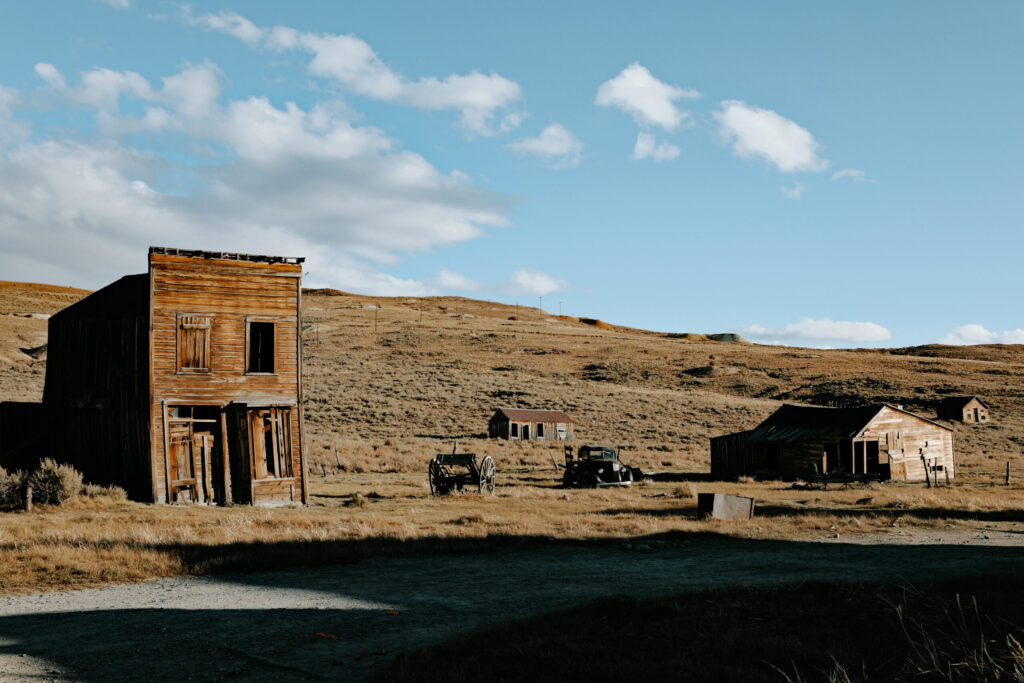
As we’ve already discussed, our understanding of history can be very lopsided, particularly when it comes to ghost towns. But what if these misconceptions are notable in and of themselves? This is why I’ve made the distinction between “chronological history” and “cultural history” as we explore the enduring allure of ghost towns. There is value not only in the actual, factual history but in the way we view that history, however unreal — the stories we tell ourselves. The ways in which our myths are built, perpetuated, and changed over time are a mirror in which we can examine our own culture and values. Perhaps ghost towns are less about knowing our past and more about knowing ourselves.
The mythology of the West, it should be noted, is also a way to know our world – as any mythology is. Karen Armstrong, in her book A Short History of Myth, asserts that, despite a certain separateness from objective reality, “Like science and technology, mythology […] is not about opting out of this world, but about enabling us to live more intensely within it.”1 The individualism esteemed in the mythic Old West can spur us to live more courageously in our modern times. Ideals about justice can help us police ourselves and hold our neighbors and community members accountable when needed. And stirrings of freedom — the broad horizon, the open road — can ignite our wanderlust and encourage us to never stop exploring.
The Search for the Supernatural
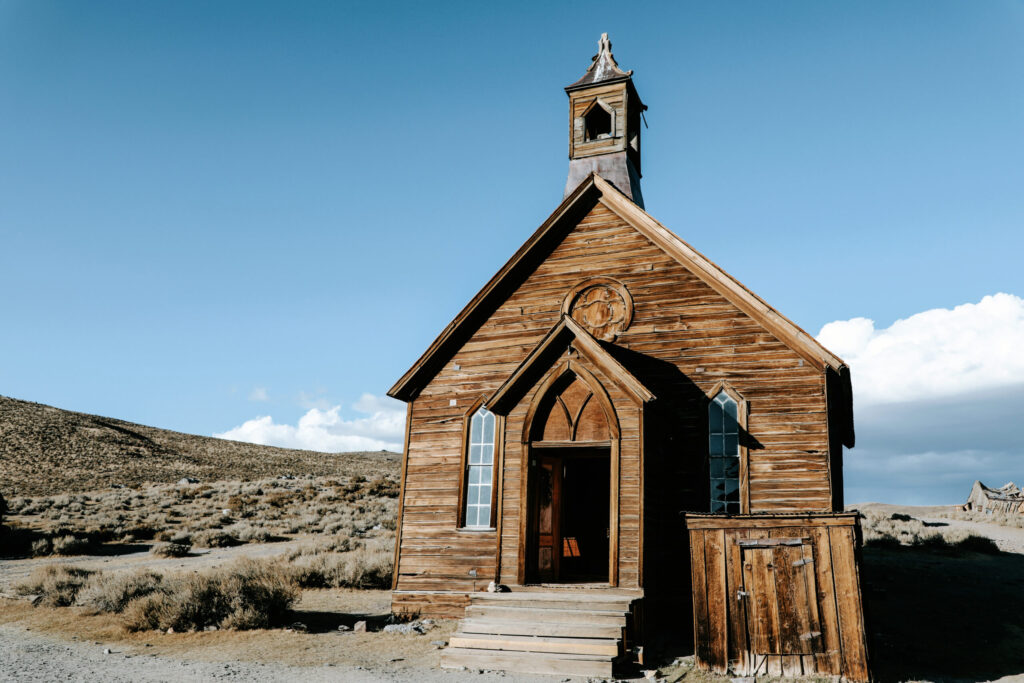
Many love ghost towns not so much for the town, but for the ghosts. Whether you’re a true believer in the paranormal or someone with a passing curiosity, the spookiness of ghost towns can be a powerful draw. Steeped in violent history, stuck in their state of “arrested decay,” towns like Bodie are fertile ground for hauntings.
Bodie in particular is well known for its supernatural side. It has more than its share of spirits and a long list of accounts of paranormal encounters from visitors. The so-called Curse of Bodie also needs a mention; apparently started by a park ranger in a (too successful) attempt to deter theft, the curse purports that if you take anything from Bodie — even a rock or an old nail — you’ll be visited by supernatural occurrences and/or bad luck. Like Inception’s dream-planted ideas, this curse took root in the public’s imagination and absolutely blazed to life. In Bodie’s museum, you can see a book of returned objects with letters apologizing for the theft and recounting tales of all kinds of horrors and hauntings, from small and comical to the truly heart-wrenching. To this day, rangers at Bodie still receive items in the mail, and visitors continue to insist on the curse; put a pebble in your pocket, they say, and you might feel a spectral hand give your pants an accusing tug.
Personally, I wouldn’t take anything from Bodie for moral reasons — I’m a “leave no trace” kind of gal. But did the thought of the suggested curse spike my heart rate a little, even knowing its origin? You bet it did.
“Dear Bodie,” says one of the many curse letters, “I’m sorry that I took this piece of metal from the town. I thought it was all a joke but it wasn’t at all. Things are happening that are very hard to explain.”5
Memento Mori
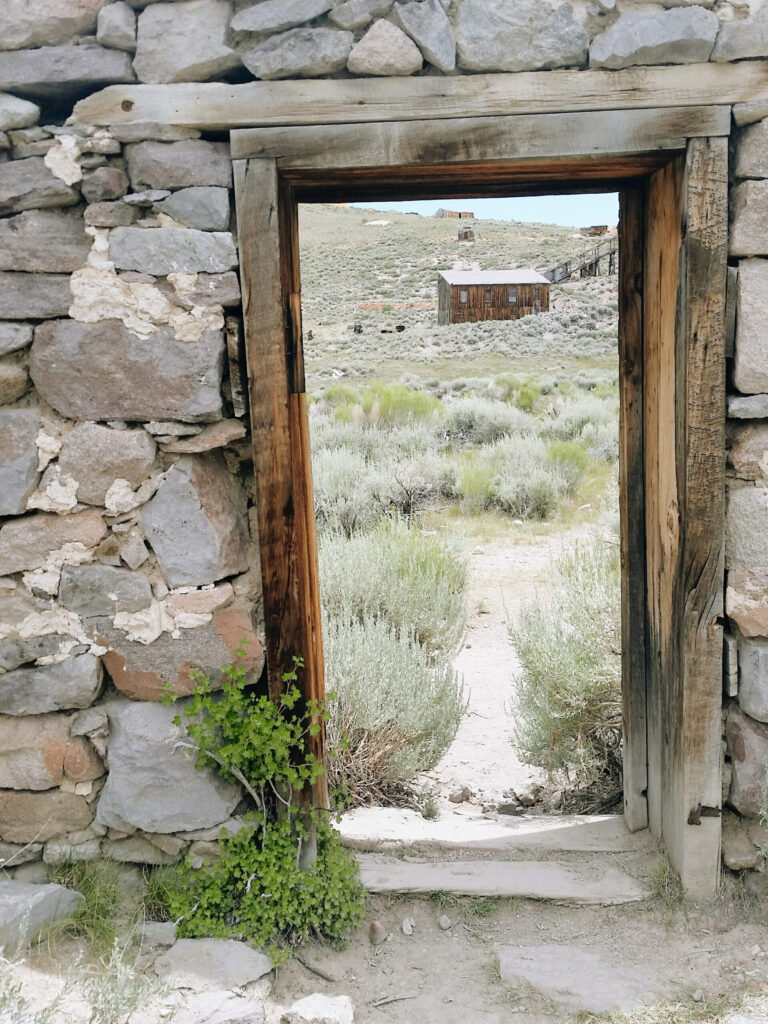
Very much the American Ozymandias, ghost towns are a striking relic of the once-impressive past — a reminder that, like these crumbling buildings, we too have numbered days. The world will spin on without us. One day, sooner or later, we’d be able to fit the entirety of our lives in a shoebox. Is this an uncomfortable thought? Maybe. Depressing? I hope not.
Inspiring? I’d like to think so, in its own grim way.
In his book Four Thousand Weeks: Time Management for Mortals, author Oliver Burkeman argues that acknowledging and embracing our extremely limited time is the key to living a personally fulfilling life. Only when we’re fully aware of our limited time can we understand the value of it — and understand the value we’re assigning to the things we spend our time on. Burkeman writes:
“…You come to realize that missing out on something — indeed, on almost everything — is basically guaranteed. Which isn’t actually a problem anyway, it turns out, because “missing out” is what makes our choices meaningful in the first place. Every decision to use a portion of our time on anything represents the sacrifice of all the other ways in which you could have spent that time, but didn’t — and to willingly make that sacrifice is to take a stand, without reservation, on what matters most to you.”
Oliver Burkeman, Four Thousand Weeks: Time Management for Mortals, p. 33
Ghost towns also impress upon us the transient nature of life — how quickly it all comes and goes, the unrepeatability of every moment we’re gifted. As Heraclitus said, “There is nothing permanent except change.” What better to illustrate this than the dusty remnants of a boomtown?
At Bodie, or Virginia City, or Thurmond, we’re reminded: time is always passing.
What rare and glorious things are we going to do with the time we have left?
In Conclusion
Whatever reason you came for, a ghost town has perhaps done its job best when you leave with an understanding of the past, honor for the present, and respect for the possible. Ghost towns have a lot to show us, and for this, they will continue to haunt us — in the best way. And you can bet we’ll be haunting them back (with or without flush toilets).
Thank you for exploring with us! Until next time, may the pages and paths ahead of you be great.
Sources:
- Armstrong, K. (2005). A Short History of Myth. Canongate Books Limited.
- California State Parks. (n.d.). Bodie State Historic Park. https://www.parks.ca.gov/?page_id=509
- DeLyser, D. (2003). “Good, by god, we’re going to bodie!”: Ghost towns and the American west. California State University Fullerton. https://www.researchgate.net/publication/290266498_Good_by_god_we’re_going_to_bodie_Ghost_towns_and_the_American_west
- Markham, L. (2024, September 23). Ghost towns are picturesque—and whitewashed. Alta Online. https://www.altaonline.com/dispatches/a61999061/ghost-towns-whitewashed-lauren-markham/
- Severn, C. (2018, January 12). This ghost town’s “Curse” isn’t what you think. KQED. https://www.kqed.org/news/11640709/how-this-ghost-towns-curse-backfired-on-park-rangers
